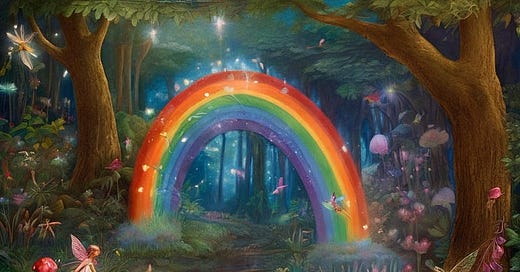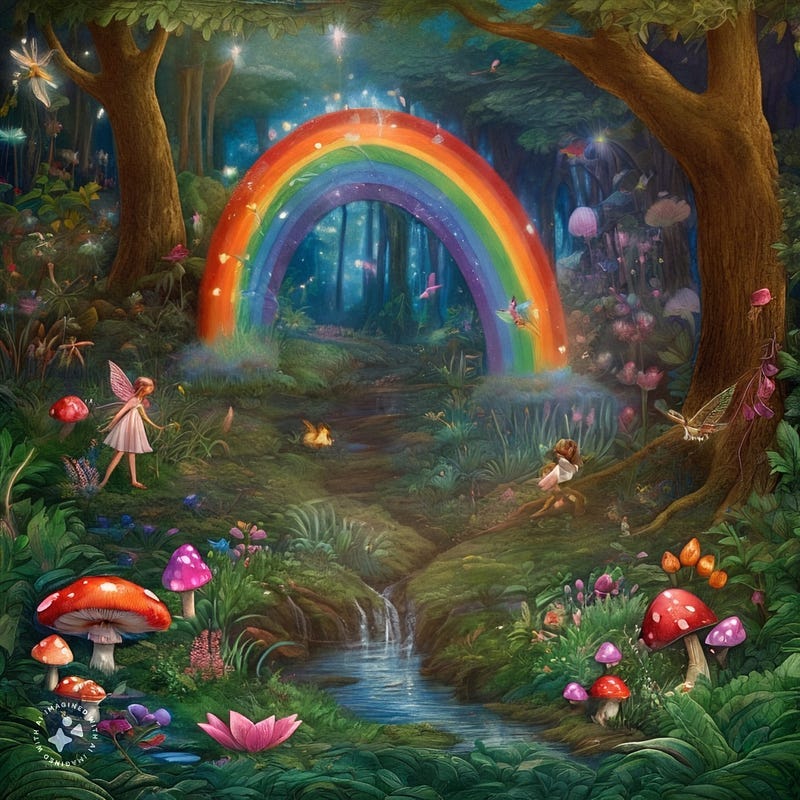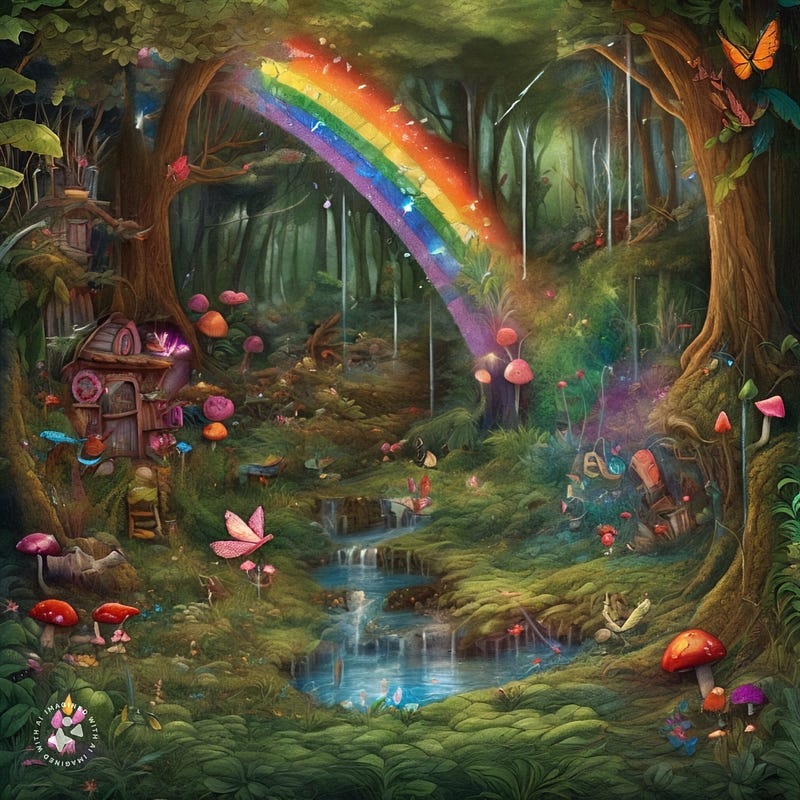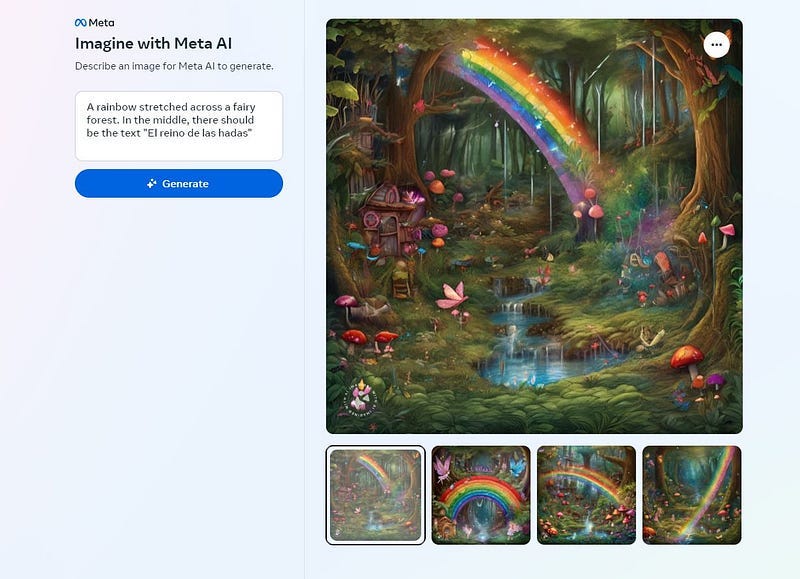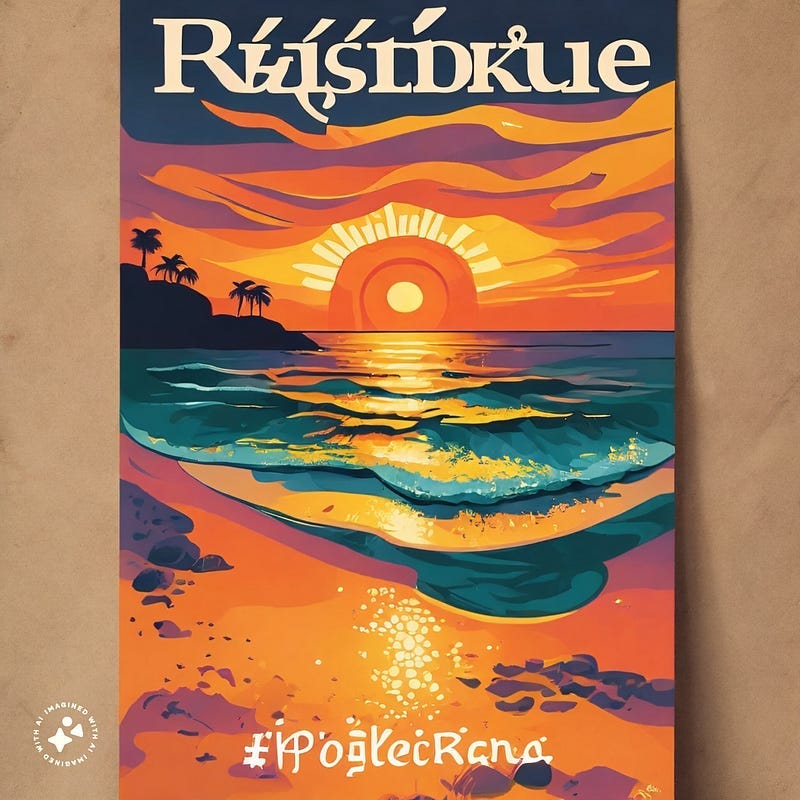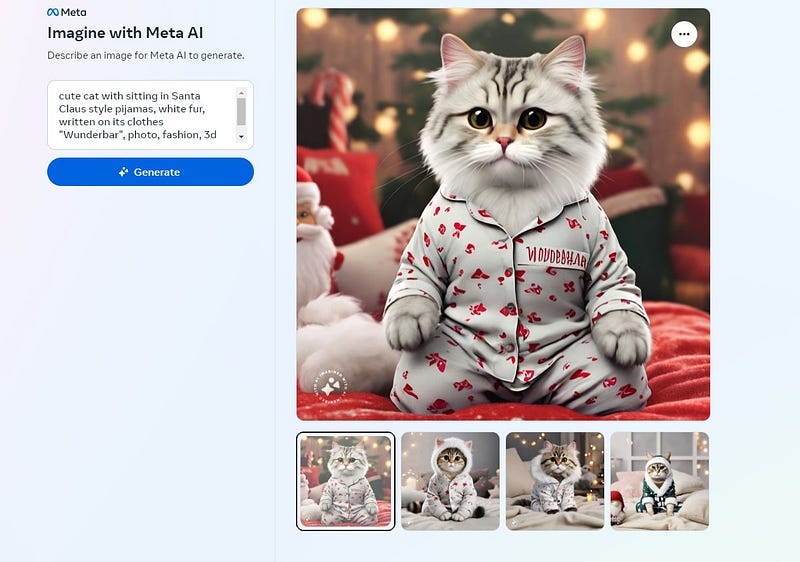Imagine With Meta AI: Is It Suitable For Images with Text?
Imagine with Meta AI might be free and easy to use, but does it measure up to other leading AI image generators?
Imagine with Meta AI might be free and easy to use, but does it measure up to other leading AI image generators?
Since Meta’s new tool was trained on over 1 billion images publicly available on Facebook and Instagram, you might be tempted to expect stunning results.
But don’t get your hopes too high.
According to the company, Imagine was designed for “creative hobbyists”.
What if these hobbyists are demanding creatures who want something more than just a bunch of recycled images from social media?
Can Imagine help me reimagine my ideas on the digital canvas and maybe even go the extra mile by adding a short text?
After a thorough test in 2 tools and 7 languages, let’s take Imagine for a spin as well.
This time our journey will be limited to only 1 tool and 5 languages.
1. English
Let’s start with the easiest task.
The prompt I used was:
Generate an image with a sunset on the beach. At the bottom, there should be the English text “How wonderful!”
The results?
Very disappointing.
One image came out without any text, three had the text in the incorrect location, and on two images there was an extra line of text I didn’t even ask for.
Visually, the images weren’t breathtaking either.
2. Spanish
Since the tool failed with English, I didn’t expect anything spectacular in any other language. Still, I continued with the next round of tests, just in case my expectations proved me wrong.
The prompt:
A rainbow stretched across a fairy forest, At the bottom, there should be the Spanish text “El reino de las hadas”
The result:
As you can see, Imagine doesn’t speak Spanish.
None of the visuals contained text.
To trick the tool, I deleted the “Spanish” from my prompt. However, the results were equally disappointing. The visuals included everything but the text.
Next, I changed the text location, from “bottom” to “middle”, but the tool ignored my request again. There was not a single letter displayed on my images (apart from Meta’s logo).
3. Polish
Although Imagine couldn’t cope with text in “easy” (i.e. data-rich) languages, I decided to move to the next level. Just in case, the tool would suddenly blow my mind by speaking Polish for example.
The prompt:
Generate a poster with a sunset on the beach. At the bottom, there should be the Polish text “Ale tu pięknie!”
The result:
It’s a fail again.
The generated phrases were gibberish or there was no text at all.
My faith in Imagine began to shudder.
4. German
For this language, I changed my approach to prompting. I didn’t specify the language, removed full sentences, and included more details for the image description.
Still, the tool failed miserably.
The prompt:
Cute cat with sitting in Santa Claus style pijamas, white fur, written on its clothes “Wunderbar”, photo, fashion, 3d render.
The result:
Only one out of four images was generated with text. The remaining three pretended the text didn’t exist.
5. Dutch
By this point, my patience has worn thin.
For the last test, I used Dutch, just in case Imagine would still take a turn in the right direction.
The prompt:
A Christmas ball in 3D with white snowflakes, on the ball there’s the text “Vrolijk Kerstfeest “, Christmas background, ultra realistic
Results:
This time all four images were generated with text. So far so good.
But why, oh why, my dear Imagine, would you add that extra line of text that I didn’t ask for? Is it a Christmas bonus? 😉
Should I go on?
Initially, I planned to test this tool in the same 7 languages I used for my first image + text test, but once I saw the poor results for languages with Latin alphabets, I abandoned my plan.
If Imagine can’t handle Latin characters, it probably won’t manage the non-Latin alphabet overload either. I decided to save time and energy by not generating Russian and Arabic texts this time.
The takeaway?
In terms of aesthetics, visuals created with Imagine are average. If the tool was meant to be competitive with DALL-E 3 and Midjourney, it falls short of the mark. The top AI image generators can still bask in the spotlight on the podium.
Imagine is even worse when it comes to text.
And it’s not about the language you use. In the case of Ideogram or DALL-E 3, it was clear that for some languages and simple phrases, the tools can deliver decent results.
However, Imagine is unable to render text correctly, no matter how you ask for it or which language you choose. The results are very random and never correct. The tool adds extra lines of text and creates images with no words or illegible phrases.
If you plan to use the tool as a “creative hobbyist” make sure your “hobby” is not too complicated. Otherwise, Imagine will create whatever it wants — totally ignoring your imagination.
P.S. There’s one more downside to the tool. Imagine is only available in the US, which is not a very inclusive move.
But where there’s a will, there’s a way. I’m based in Europe and could still find my way into the US territory to be able to test the tool 😊 You don’t have to wait for Imagine to mercifully add your territory to the allowed list. All you need is a good VPN.
Ready to infuse your (AI) content with a cultural touch? As a localization consultant, I can guide you on this exciting journey.
You can find me on LinkedIn as well.
This story is published on Generative AI. Connect with us on LinkedIn and follow Zeniteq to stay in the loop with the latest AI stories. Let’s shape the future of AI together!

